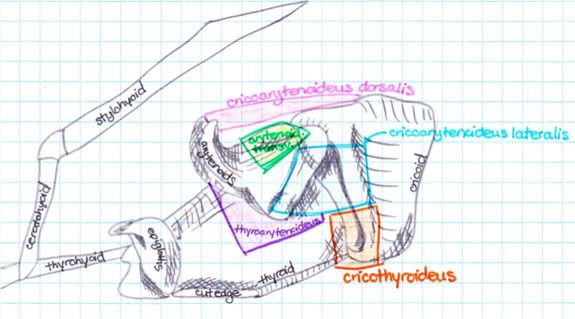I really intended to follow up on my last post and share some recipes and photos from my sheep cupcakes and moo shu pork dinner, which was pretty epic. Unfortunately, that 3-week morass known as final exams has stealthily crept up on me, and I find myself surrounded (not literally) by bones, cows, cells, blood, chickens, how to greet clients, muscles, nerves, hormones, molecules, organs, pigs, x-rays, lung fields, etc., etc.
So it might be a couple of weeks until I post anything interesting here... unless you find Crayola-assisted anatomy diagrams to be interesting (I never thought Crayola and a professional program would be such a great combination).
See you on the other side!
Features of the pelvis:
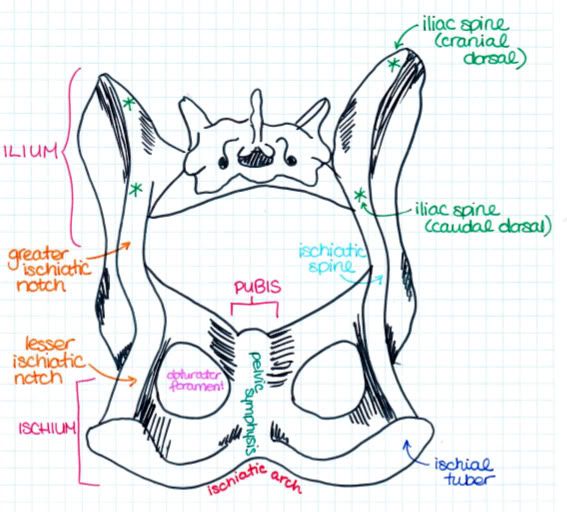
Major nerves supplying the hind limb:
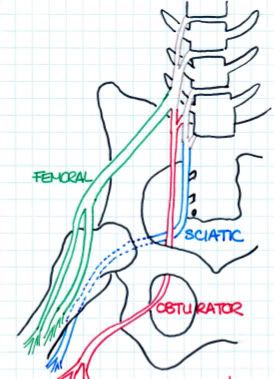
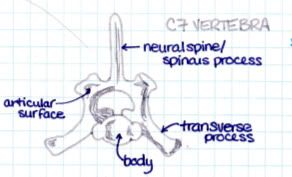
Blood supply to the fore limb:

Blood supply to the hind limb:
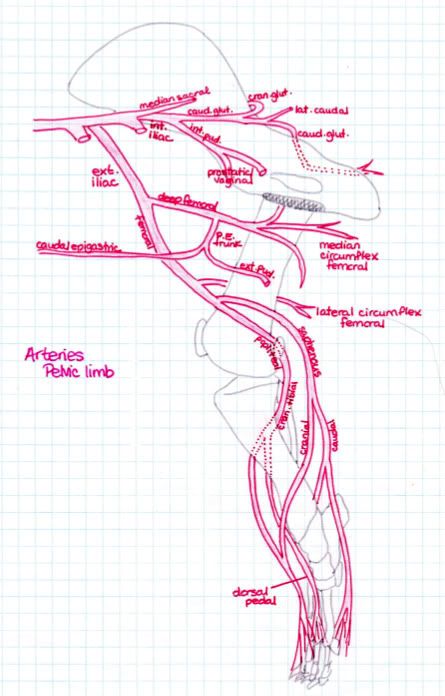
Landmarks of the femur:

The guttural pouch, one of many particularities to horses, is a chamber just below the ears that contains a variety of important nerves, arteries, and other structures. The guttural pouch is a modification of our Eustachian tube - the connection between middle ear and throat. Both humans and horses are susceptible to infection in this area, but because there are so many critical structures in the horse's guttural pouch, infections can be more life-threatening.

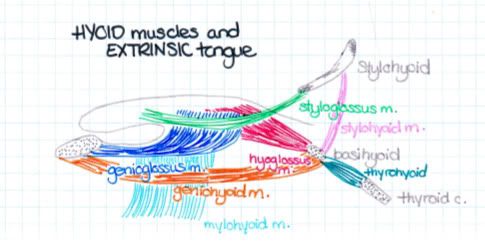
The larynx and associated hyoid bones. The larynx is made up of three important cartilages: the thyroid cartilage which is shield-shaped, the arytenoids that nestle within the thyroid cartilage, and the ring-shaped cricoid cartilage. The larynx is important for vocal production - a series of muscles that interconnect the three cartilages are responsible for opening and closing the vocal folds to change the quality of sound.
